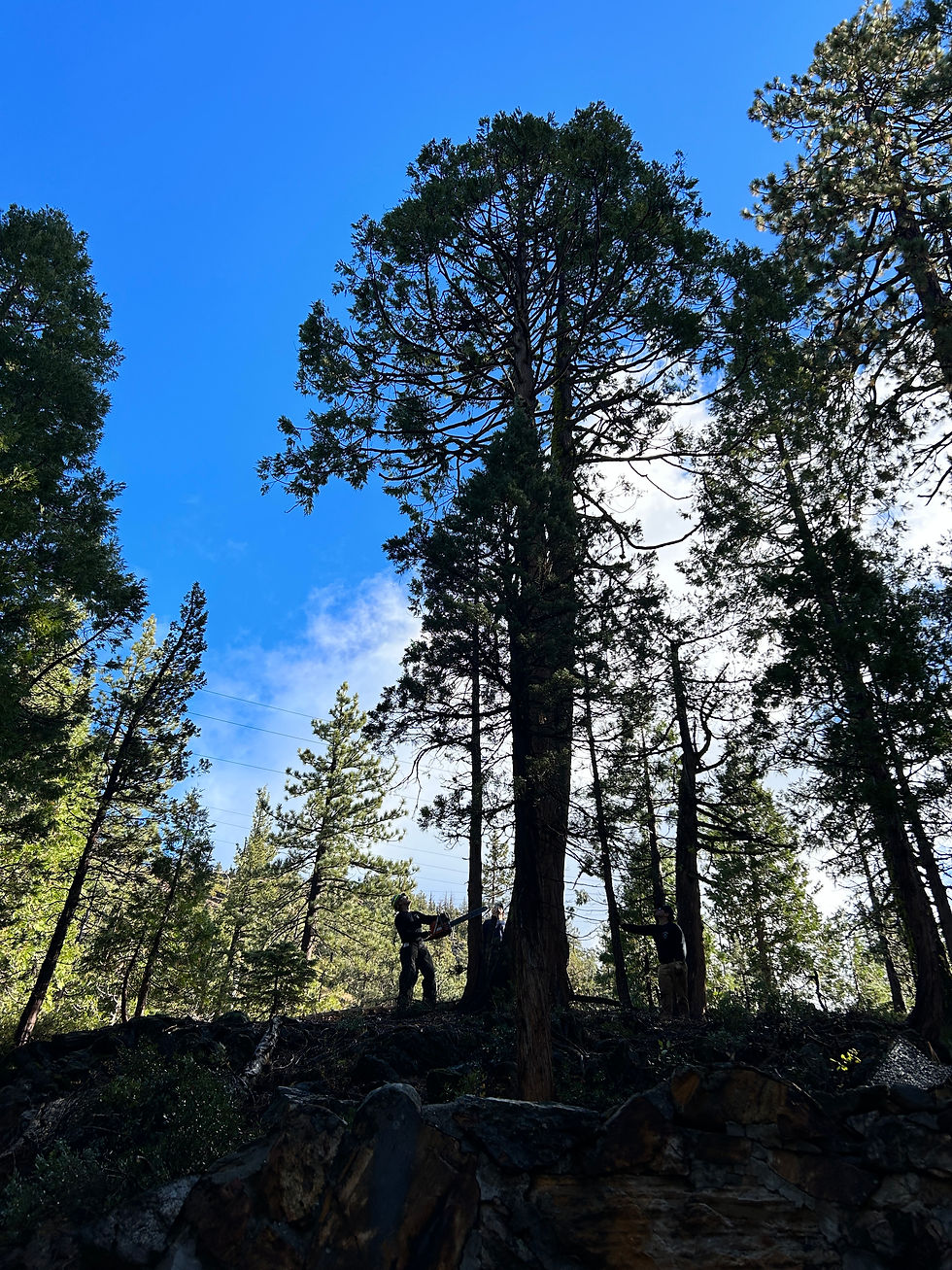Forest Health Field Day: 2020
- Jenna Granger

- Jan 28, 2021
- 3 min read
Updated: Feb 10, 2021
As you can imagine, our Forest Health Field Day looked a little different this year, but for more reasons than just a global pandemic. While the pandemic dictated that we deliver this hands-on-program virtually, it also provided an opportunity to re-think our traditional program and expand to integrate larger project goals that allow students to actively engage in exploring the role of fire in forest health.
So many of us live in fear of catastrophic wildfire, and our students are not immune to this fear. SWEP's aim is to arm our students with information and opportunities to take action to reduce the risk of catastrophic wildfire in our forests and neighborhoods. This fall's virtual Forest Health Field Day was an introduction into this important topic, that we are excited to expand on. To learn more about our three-year FOREST⇌FIRE program and our new partnership with Nevada County Arts Council and continued partnership with the Tahoe Truckee Excellence in Education Foundation please visit our recent blog post: FOREST⇌FIRE an Introduction.
What did this program look like in 2020?

In fall of 2020, SWEP worked virtually with 348 seventh grade students at North Tahoe Middle School and Alder Creek Middle School on how to identify healthy forests and how wildfire affects healthy vs unhealthy forests. This unique programming's aim was to offer students knowledge and actionable ways to help create healthy forests where we live in the Tahoe National Forest.
SWEP instructors led interactive virtual lessons for each 7th grade class to answer the guiding question, what makes a forest healthy? Each class began with students creating a word cloud to describe why protecting our forests is important.

Next the students played an interactive game with materials created and distributed to school sites by SWEP staff. Materials included a forest game board, game pieces (m&ms) and old book pages (for an upcycled art project).

Through this interactive game students learned how overcrowded forests are impacted by resource scarcity (limited water, sunlight and nutrients). They learned how resource scarcity leads to unhealthy trees which leads to unhealthy forests. Students also explored the role of fire within the forest and developed an understanding of how unhealthy forests can lead to catastrophic wildfire, but also how healthy forests need fire and the benefit that healthy, isolated fire offers.
After the interactive game, the students were able to hear from an expert in the field of forest health, Eli Ilano. As the Tahoe National Forest Supervisor, he oversees our local forests' health and wildfire management. In this video he explains the health of our forests, how we got to our current forest condition and what we can do to help create and maintain healthy forests.
To end this lesson, students were invited to be part of a collaborative art project to advocate for protecting our local forests. The end result is a forest mural made from paper trees that each student created from old book pages, classwork, newspaper, etc. Each individual effort by the students comes together into a large forest, just as it happens in our real forests, individual effort becomes part of the greater whole!

Overall this Forest Health Field Day, although it looked different, was a success and is an exciting beginning to this three year project on healthy forests! Stay tuned for our next installments!
Forest Health programming is made possible through generous support from the





Comments